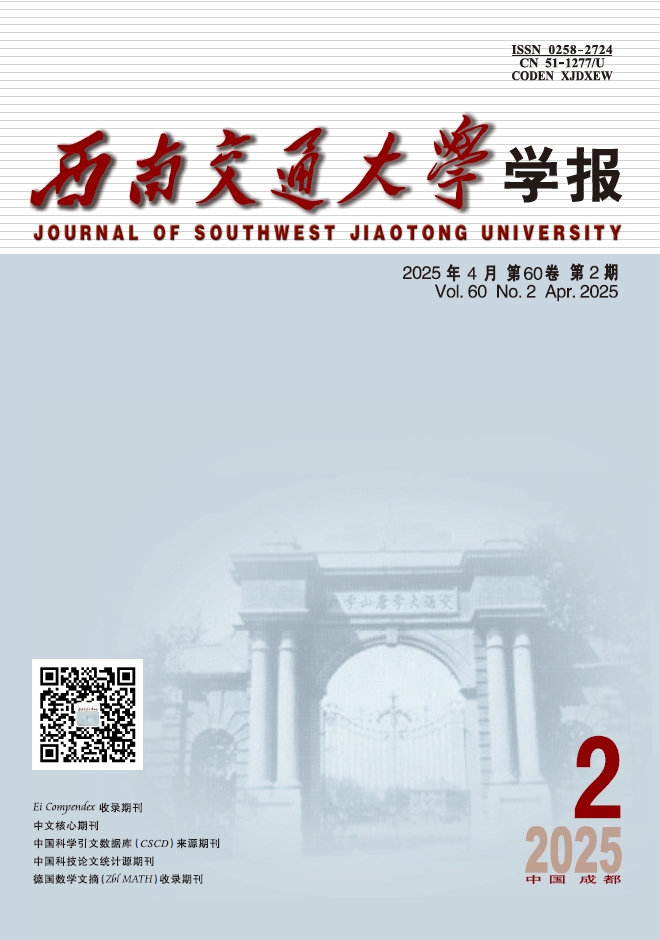2001 Vol. 14, No. 6
Display Method:
2001, 14(6): 557-560.
Abstract:
2001, 14(6): 561-564.
Abstract:
2001, 14(6): 565-561.
Abstract:
2001, 14(6): 572-574.
Abstract:
2001, 14(6): 575-577.
Abstract:
2001, 14(6): 578-583.
Abstract:
2001, 14(6): 584-587.
Abstract:
2001, 14(6): 588-590.
Abstract:
2001, 14(6): 591-594.
Abstract:
2001, 14(6): 595-598.
Abstract:
2001, 14(6): 599-513.
Abstract:
2001, 14(6): 604-608.
Abstract:
2001, 14(6): 609-611.
Abstract:
2001, 14(6): 612-616.
Abstract:
2001, 14(6): 617-619.
Abstract:
2001, 14(6): 620-623.
Abstract:
2001, 14(6): 624-628.
Abstract:
2001, 14(6): 629-632.
Abstract:
2001, 14(6): 633-636.
Abstract:
2001, 14(6): 637-640.
Abstract:
2001, 14(6): 641-644.
Abstract:
2001, 14(6): 645-647.
Abstract:
2001, 14(6): 648-650.
Abstract:
2001, 14(6): 651-654.
Abstract:
2001, 14(6): 655-658.
Abstract:




 Advance Search
Advance Search
 Email alert
Email alert RSS
RSS [Abstract]
[Abstract] Supplements
Supplements [Cited By]
[Cited By]